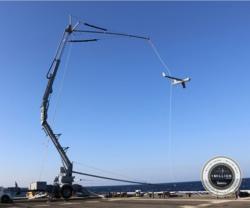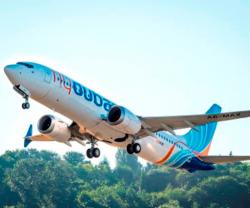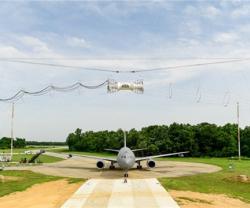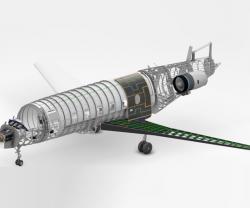Boeing announced the successful autonomous communications and operation of dissimilar Unmanned Aerial Vehicles (UAV) in flight tests over the rugged terrain of eastern Oregon.
The July 7-10 mission used two ScanEagles manufactured by Boeing subsidiary Insitu and one Procerus Unicorn from The Johns Hopkins University Applied Physics Laboratory (JHU/APL).
The UAVs communicated using a Mobile Ad Hoc Network and swarm technology developed by JHU/APL.
Swarm technology is similar to how insects communicate and perform tasks as an intelligent group. The UAVs worked together to search the test area through self-generating waypoints and terrain mapping, while simultaneously sending information to teams on the ground. A broader demonstration is planned for the end of September.
"This is a milestone in UAV flight," said Gabriel Santander, Boeing Advanced Autonomous Networks Program Director and Team Leader. "The test team proved that these unmanned aircraft can collect and use data while communicating with each other to support a unified mission. This swarm technology may one day be used for search-and-rescue missions or identifying enemy threats ahead of ground patrols."
"The decentralized autonomous vehicles we demonstrated show the potential for improved response time and reduced manning requirements when compared with current systems," said Dave Scheidt, JHU/APL Principal Investigator. "We're excited we were able to demonstrate this capability on deployed vehicles such as the Boeing ScanEagles."






















